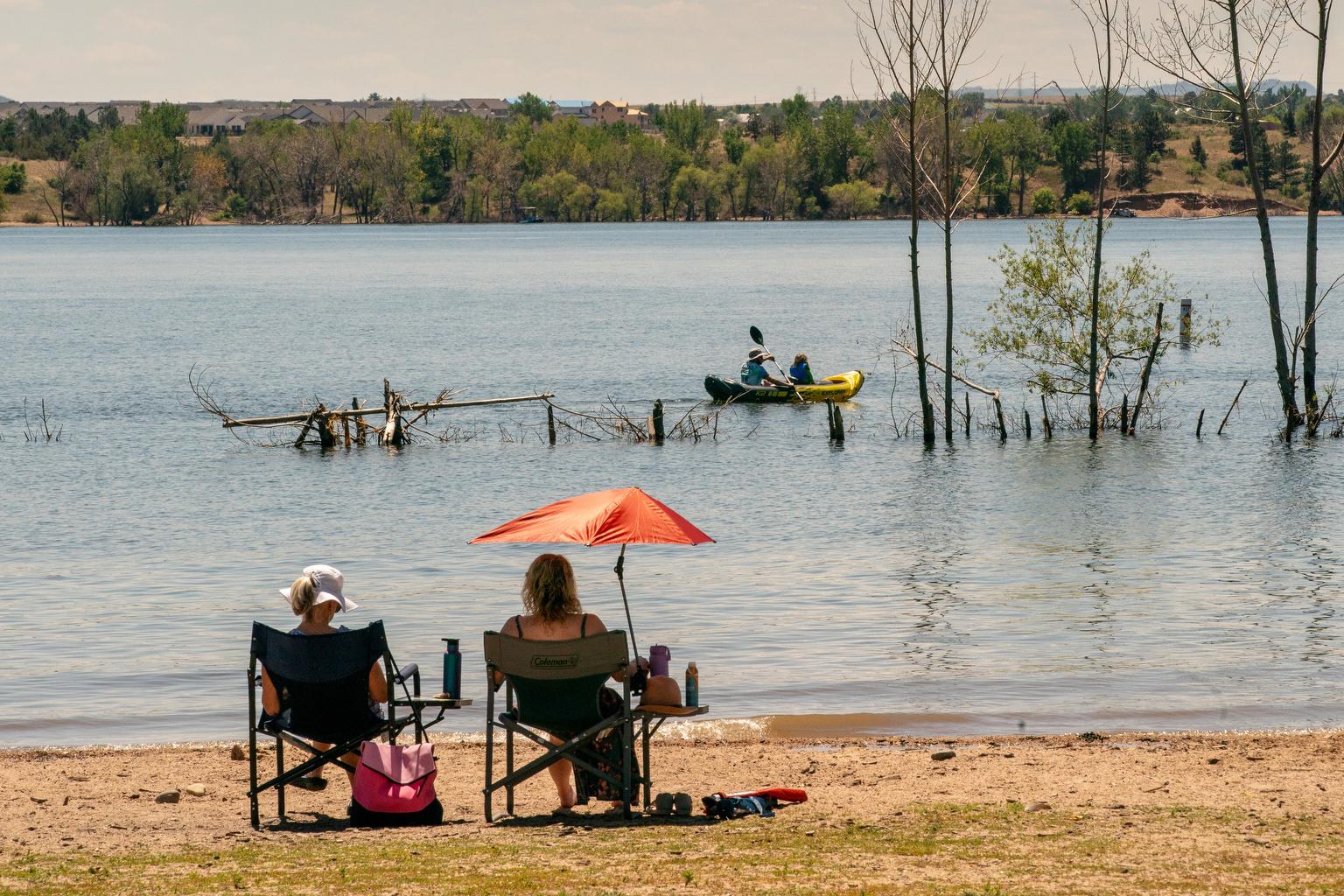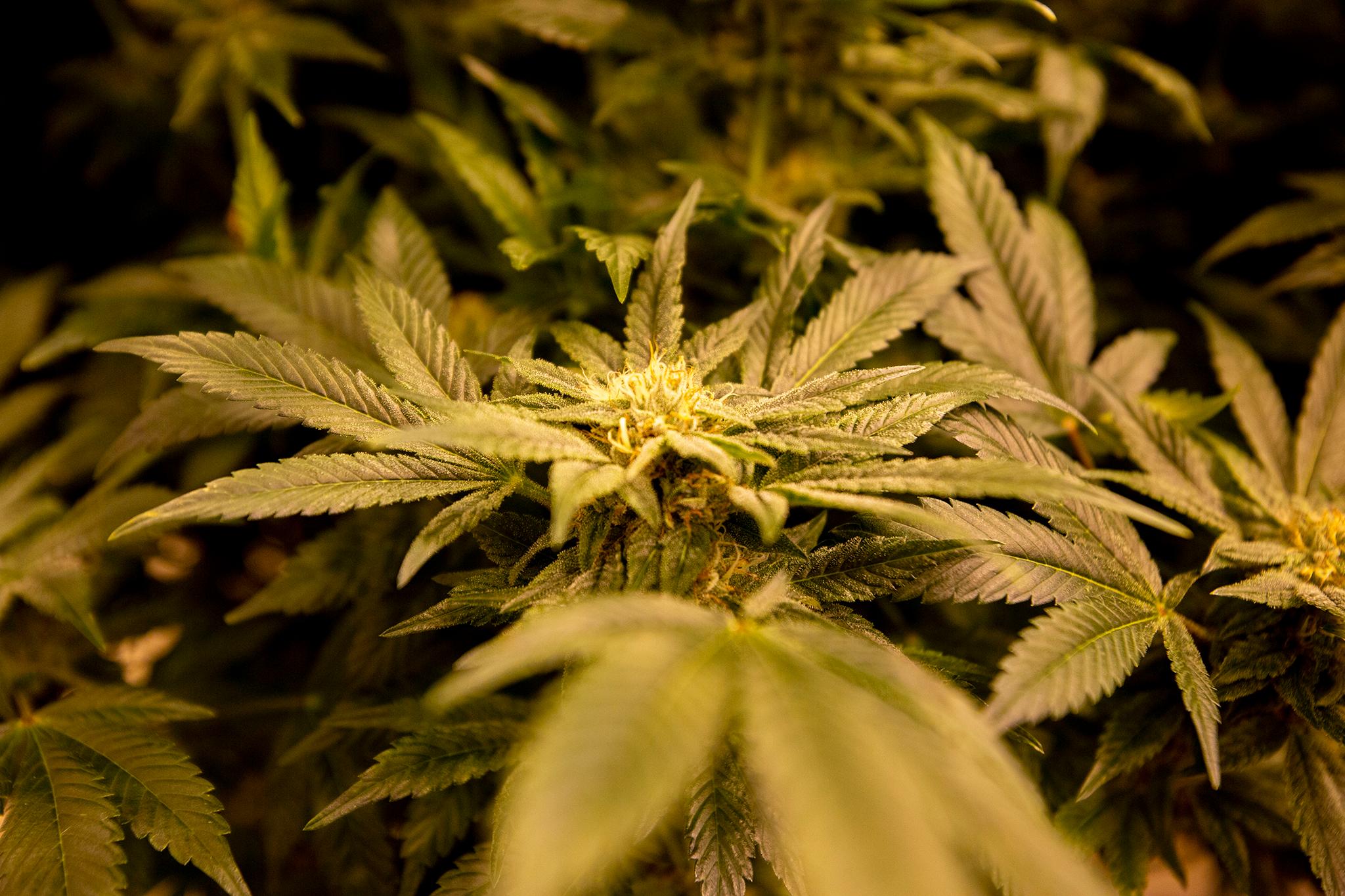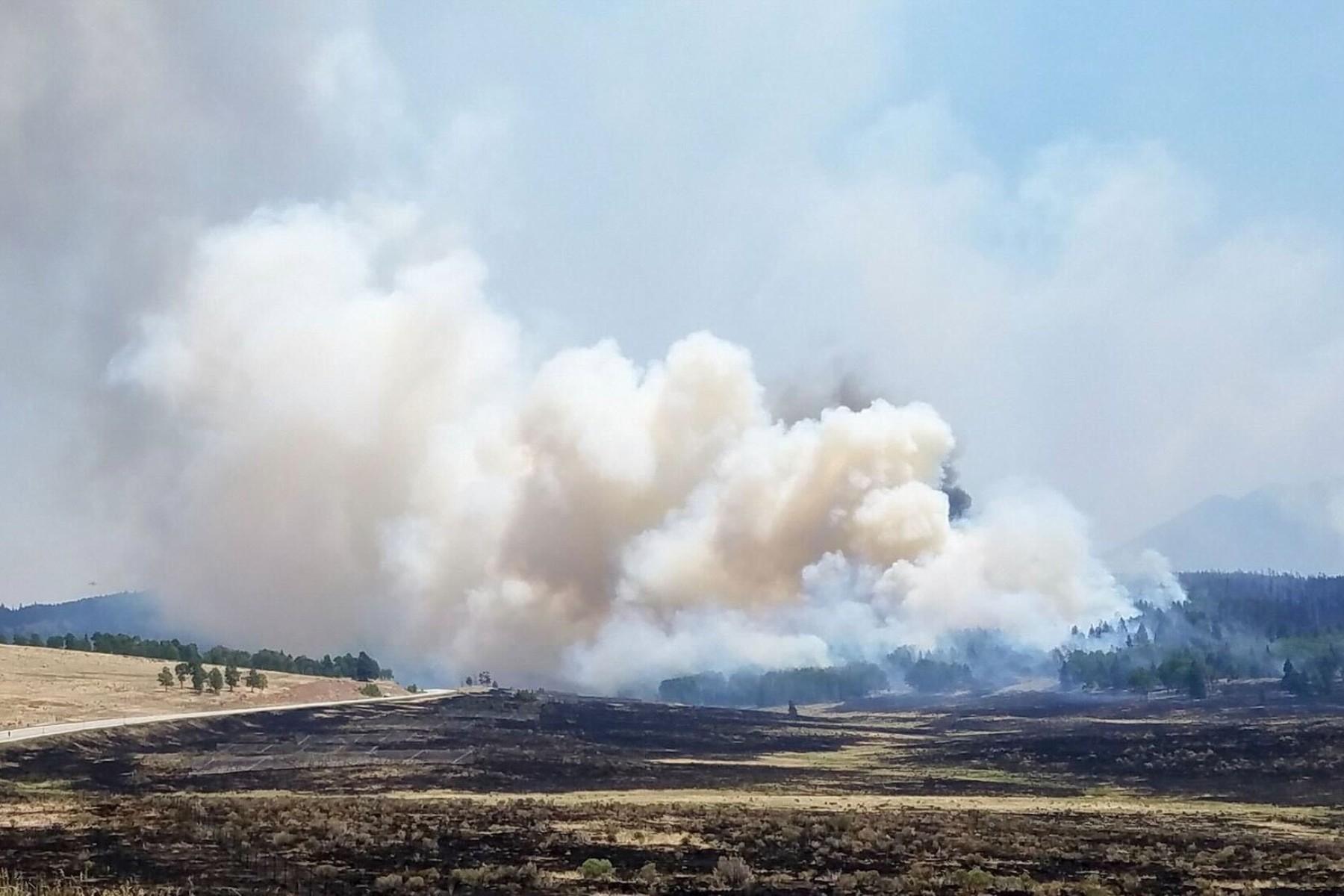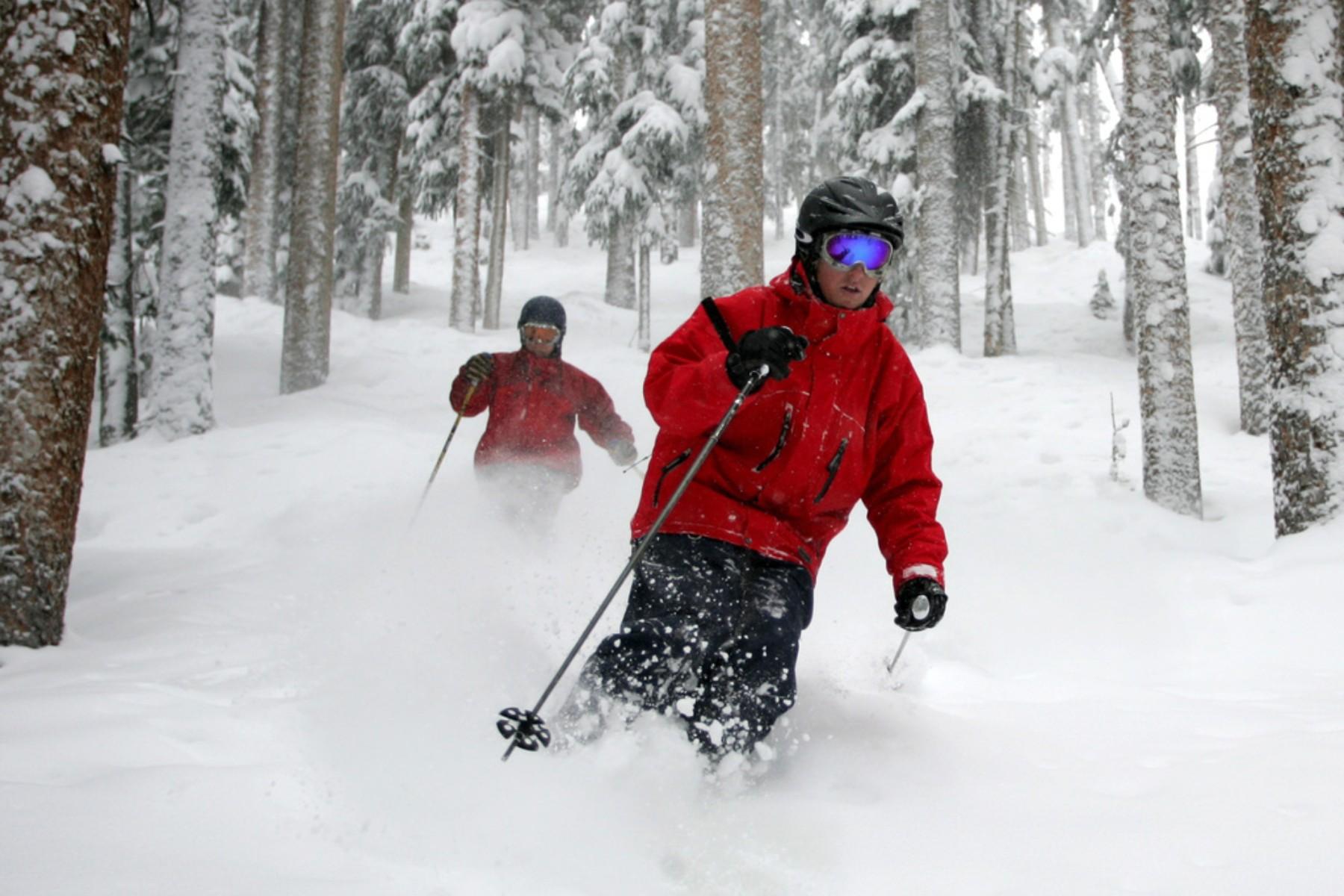
The heat wave that has moved into Colorado is expected to worsen on Friday and bake much of the state with days of temperatures near or above 100 degrees.
The heat has already proved deadly in other Western states and could bring daytime temperatures from 98 to 105 degrees in many areas, according to the National Weather Service, which has issued a heat advisory for much of the Interstate 25 corridor.
While there is a relatively recent effort from a consortium of researchers to quickly determine whether there’s a scientifically robust climate change signal in extreme weather events around the world, it’s difficult to attribute human-fueled warming to a specific weather event in real time.
But there is a lot of scientific evidence that human-linked climate change, driven largely by carbon emissions from burning fossil fuels, is increasing the likelihood of heat waves like the one poised to sear Colorado — and increasing the odds for heat events that are more intense and longer-lasting.
Colorado has a long history with deadly and disruptive heat — including examples of extremely high temperatures in the 1930s and 1940s — but State Climatologist Russ Schumacher said people today are likely to experience a similar heat wave every few years instead of every 10 or 20 years.
“What's changing is how frequently they're coming and how long they're lasting,” he told CPR News. “You really can't talk about heat waves these days, especially in the West, without talking about climate change, one of the most robustly connected weather hazards of the planet getting warmer”
Here’s what the science tells us about heat waves:
Heat waves in Colorado are more frequent: From 1950 to 2020, heat waves — defined as a four-day period with above-normal temperatures for an area — have become more frequent in Colorado, according to the Colorado Climate Center’s analysis of data from the National Centers for Environmental Information.
- The upward trend appears to be happening in every region across the state and seems to have accelerated in the 2000s and 2010s, which saw “substantially more” heat waves than previous decades.
- The increases have been the largest in northwestern and western-central Colorado, which have gone from very few heat waves in the ’50s and ’60s to having two to three per year in the 2000s and 2010s.
- More recent data from 2021 to 2022 showed a large number of heat waves across Colorado, according to the climate center’s analysis. In some regions, “there were more heat waves in the first two years of the 2020s than in some entire decades in the 20th century.”
Heat waves generally are getting more intense and lasting longer: This uptick has been well documented across the Western United States and worldwide.
- Researchers have found that some of the biggest heat waves in recent years in Western states and globally were “virtually impossible” and extremely unlikely to occur without warming from human-fueled climate change.
- Human-linked warming also appears to be making ocean heat waves more likely, researchers say.
- Some of the most extreme heat waves have happened recently. One example: Scientists say the heat that baked the Pacific Northwest in June 2021 was one of the most extreme ever recorded — anywhere.
Colorado Matters producer Michelle Fulcher contributed to this reporting.









